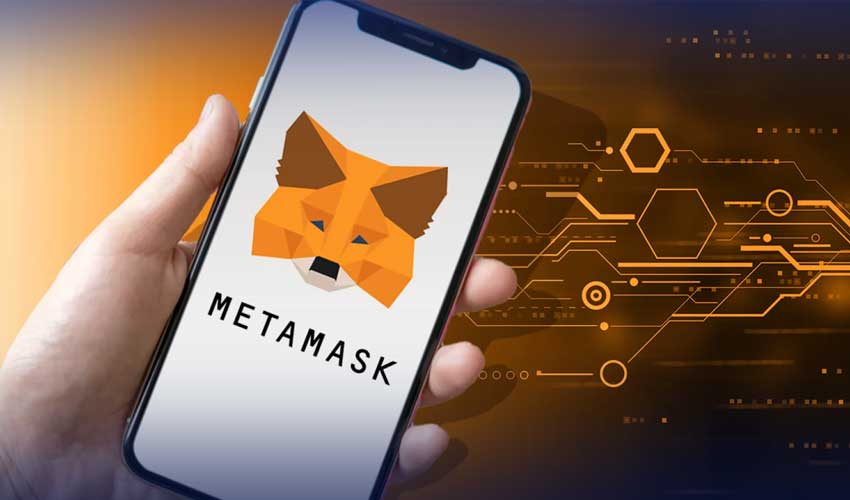In an era marked by rapid technological evolution and the increasing digitization of finance, cryptocurrency has emerged as a revolutionary force Metamask wallet. Central to this digital economy is the crypto wallet—a tool that not only facilitates transactions but also embodies the core values of decentralization, security, and financial autonomy.
What Is a Crypto Wallet?
A crypto wallet is a digital tool designed to store, manage, and transact cryptocurrencies. Unlike traditional bank accounts that hold fiat currency, crypto wallets hold cryptographic keys—a pair of public and private keys—that allow users to securely access and manage their digital assets on blockchain networks. The public key, often analogous to an account number, is used for receiving funds, while the private key, akin to a password, is essential for authorizing transactions.
Types of Crypto Wallets
Crypto wallets come in various forms, each offering different levels of convenience, security, and control:
1. Software Wallets
Software wallets are applications that can be installed on a desktop, mobile device, or accessed via a web browser. They offer a user-friendly interface and are suitable for everyday transactions.
- Desktop Wallets: Installed on personal computers, these wallets provide enhanced security compared to web wallets but require robust computer protection against malware.
- Mobile Wallets: Designed for on-the-go transactions, mobile wallets are popular due to their convenience and integrated features like QR code scanning.
- Web Wallets: Accessible through a browser, these wallets offer quick access from any device but are generally less secure, as they are hosted on centralized servers.
2. Hardware Wallets
Hardware wallets are physical devices that store a user’s private keys offline, significantly reducing exposure to online threats. They are considered one of the safest options for long-term storage of cryptocurrencies. Despite their robust security, hardware wallets often come at a higher cost and require careful handling.
3. Paper Wallets
A paper wallet is a printed document containing both the public and private keys. While this method is completely offline and immune to cyberattacks, it carries risks such as physical damage or loss. Proper storage and handling are critical for maintaining the integrity of a paper wallet.
How Do Crypto Wallets Work?
At the heart of crypto wallets lies cryptography. When a wallet is created, it generates a unique pair of keys:
- Private Key: This is kept secret and is crucial for signing transactions. The security of a crypto wallet depends heavily on keeping this key confidential.
- Public Key: Derived from the private key, it is shared openly and used to verify transactions on the blockchain.
When a transaction is initiated, the wallet uses the private key to sign the transaction digitally, thereby verifying the ownership of the funds. The signed transaction is then broadcast to the blockchain network, where it is validated and recorded in a decentralized ledger.
Security Considerations
Security is paramount when dealing with cryptocurrencies. Here are some best practices for ensuring the safety of your crypto assets:
- Backup Your Keys: Always create secure backups of your private keys and store them in multiple safe locations.
- Use Multi-Factor Authentication (MFA): Adding an extra layer of security, such as MFA, can help prevent unauthorized access.
- Keep Software Updated: Regularly update wallet software to benefit from the latest security features and patches.
- Be Wary of Phishing: Always verify the authenticity of websites and communications related to your crypto wallet to avoid phishing scams.
The Future of Crypto Wallets
As the cryptocurrency landscape continues to evolve, so do crypto wallets. Innovations such as decentralized finance (DeFi) platforms, non-fungible tokens (NFTs), and improved interoperability between different blockchain networks are expanding the capabilities of crypto wallets. Future developments may include enhanced user interfaces, better integration with financial services, and more sophisticated security measures to combat emerging threats.
